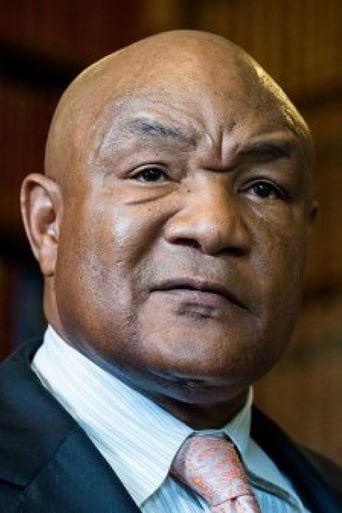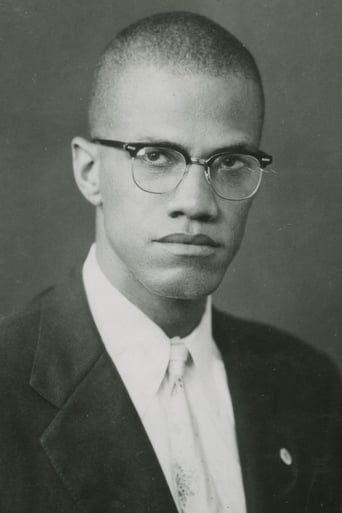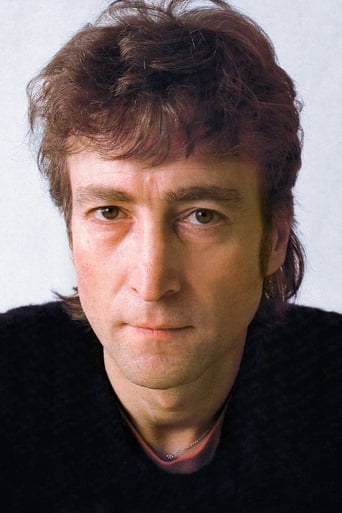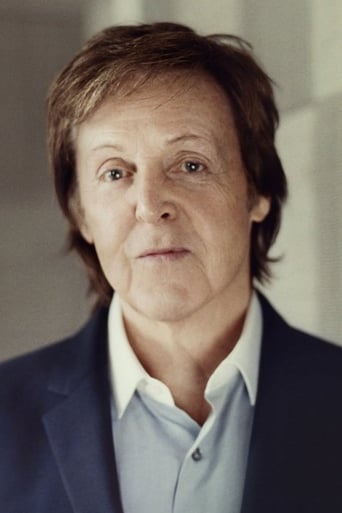Scanialara
You won't be disappointed!
WasAnnon
Slow pace in the most part of the movie.
Stometer
Save your money for something good and enjoyable
Hattie
I didn’t really have many expectations going into the movie (good or bad), but I actually really enjoyed it. I really liked the characters and the banter between them.
sammy-balamy
Superb fly on the wall documentary film footage about two of Ali's biggest fights. The first against Liston when Ali was a young sure to lose underdog and the second against Foreman when his age and Foreman's power had combined to lower him to major underdog status once more. The boxing is definitely not what it's about here (Ali was so much more than a boxer to many people all around the world) , but a slice of Americana from two periods of it's history, ten years apart. Attitudes glare out at us from a cross-section of American society, towards the man, his principles and his opponents, which are things barely seen on any fight footage...another reason for the fight footage being unnecessary is that it would detract from the interest of non-boxing fans, whilst boxing fans will most probably have seen the fights more than once and will surely not be in desperate need see them again. Their interest however should be more than held by this unique back-grounding footage which would then complete the picture for them.Boxing is a conflict, but conflict without drama is not terribly compelling and a drama is made up of attitudes and circumstances which surround an event or character, which is what this footage gives us, so it would not be so surprising that upon watching this some non-boxing fans may find themselves in search of the fight footage for which this movie is a backdrop. Top marks from this viewer.
pc32
What a thrill to see this close up and personal documentary featuring the wonderful people of Louisville and the hero Cassius was to both races when race was still a BIG issue. There are hysterical moments when in retrospect everyone is wrong about The Greatest and we also see the quiet gentle giant that was Sonny Liston. This gem focuses upon the people who profit as well as those who remained proud of the sport of boxing and plenty of up close and personal footage of ministers, sportswriters, gamblers, schoolchildren and the very many who objected to Clay's ( Ali ) acceptance of the Followers Of Islam. White people in particular were thrown aback when Ali changed his name and did so on the most public of stages and right before the Islam followers rejected all white people as racist in America. The lack of boxing or live fighting after the movie's beginning scenes is a bonus as one can enjoy the many renowned people in this cast and their commentaries can never be duplicated. This documentary is a breathing and moving celluloid of a more yet slightly less modern racially influenced American society and belongs in high school history, sociology and political science classes and museums throughout our country.
jean-no
I didn't want to write about this documentary, but reading the only other commentary that says it is not a 100% satisfying movie, I'd like to say my word. Yes, there is no fighting. Well quite : a few is shown as still photography : William Klein is one of the greatest photo-reporters of the 20th century, I guess he didn't use his "motion picture camera" during the fights, I guess the reasons are, then, professional : Klein's still pictures made his living, I'm not sure that his films did. Anyways : no fight ? Sure. This was not the point anyways. William Klein was fascinating by the rise of the black-american consciensiousness during the 60s and the 70s. He followed Elridge Cleaver (Black Panthers), Little Richard, and of Course Cassius Clay/Mohamed Ali. This is not quick documentary, Klein takes time to get things. Just picture the southern white "owners" of Cassius Clay explaining the boxer is nothing without their support, and one telling : "my mother's family name was Clay, maybe Cassius Clay's grandparents were owned by mine"... This is great cinema, and when Clay becomes Mohammed Ali and turns his back to his managers, no one is surprised, this is the story of a lot of black americans. It is rare to watch a documentary that really has something to tell. This one does. Don't miss it.
sferber
I just happened to see this film last night at NYC's great movie revival house, Film Forum, where a brand-new 35mm print has been unreeling for the past few weeks. Although I DID learn a great deal about this legendary sports figure from watching the film, I must say that I walked out of the theatre feeling extremely disappointed. Before explaining why, let me first say that the film is divided into two sections. The first was filmed in 1964 and '65 and is in black and white. It deals with the buildup and followup to Ali's (then Cassius Clay's) title bouts with Sonny Liston; the first in Florida, the second in Maine. We see all the hullabaloo surrounding the bouts, we see the weigh-ins and the trash talking that Clay used to be famous for; we see Clay goofin' around with the Fab 4, we are shown a drama class talking about Clay in a Harlem school, and on and on. It all builds suspensefully toward the big fights. But when it comes to the main events...nada! This is a documentary about one of the world's most legendary living boxers...and contains not a single moment of actual boxing! Not one!Part two of the film takes place 10 years later, after Ali had been stripped of his title for refusing to fight in the Vietnam War. This second part of the film is in beautiful color, and takes place in Zaire, right before Ali's comeback fight with George Foreman; the legendary "Rumble in the Jungle." Again, we see all the hoopla and buildup; we see the fighters meeting the Zairean president, Seko; we see the people of Zaire dancing and singing and discussing their favorites. Then it's fight time, and again--despite the fact that we see actual footage of the guys going into and leaving the ring--not a single frame of actual boxing! Only a few stills of the fight. I can't tell you how disappointed I was at this. I suppose that the rights to the actual boxing footage are tied up in legal disputes or would have required the filmmakers to shell out big bucks for their use, but the result is an incomplete portrait of this great athlete, at best. In addition to this glaring lack of actual boxing footage, we learn nothing of Clay's early life, what led him to become a boxer, and so on. Yes, it is interesting, in a time-capsulelike way, to look at the old film clips from the '60s, and to see Zaire as it was 30 years ago, but this doesn't help the viewer to understand Ali the man or Ali the athlete. We hear the expressions "Float like a butterfly, sting like a bee" and "Ali, bumba yay" over and over throughout the film, and still don't know why he was such a great fighter. This is certainly NOT the documentary that I was hoping for, and I can't imagine anyone walking out of this film feeling 100% satisfied.






